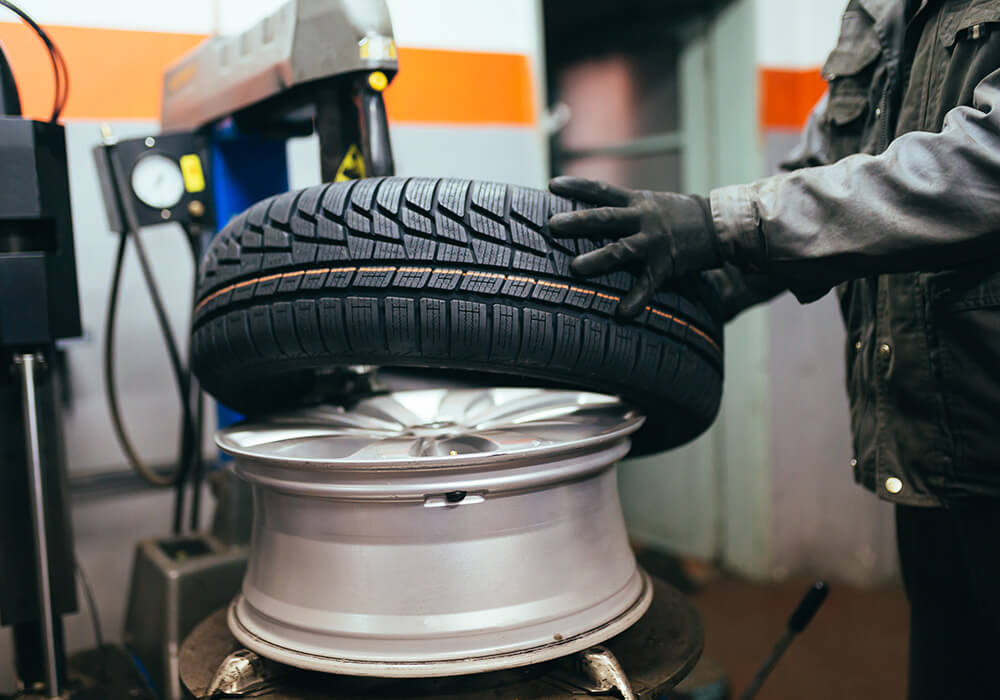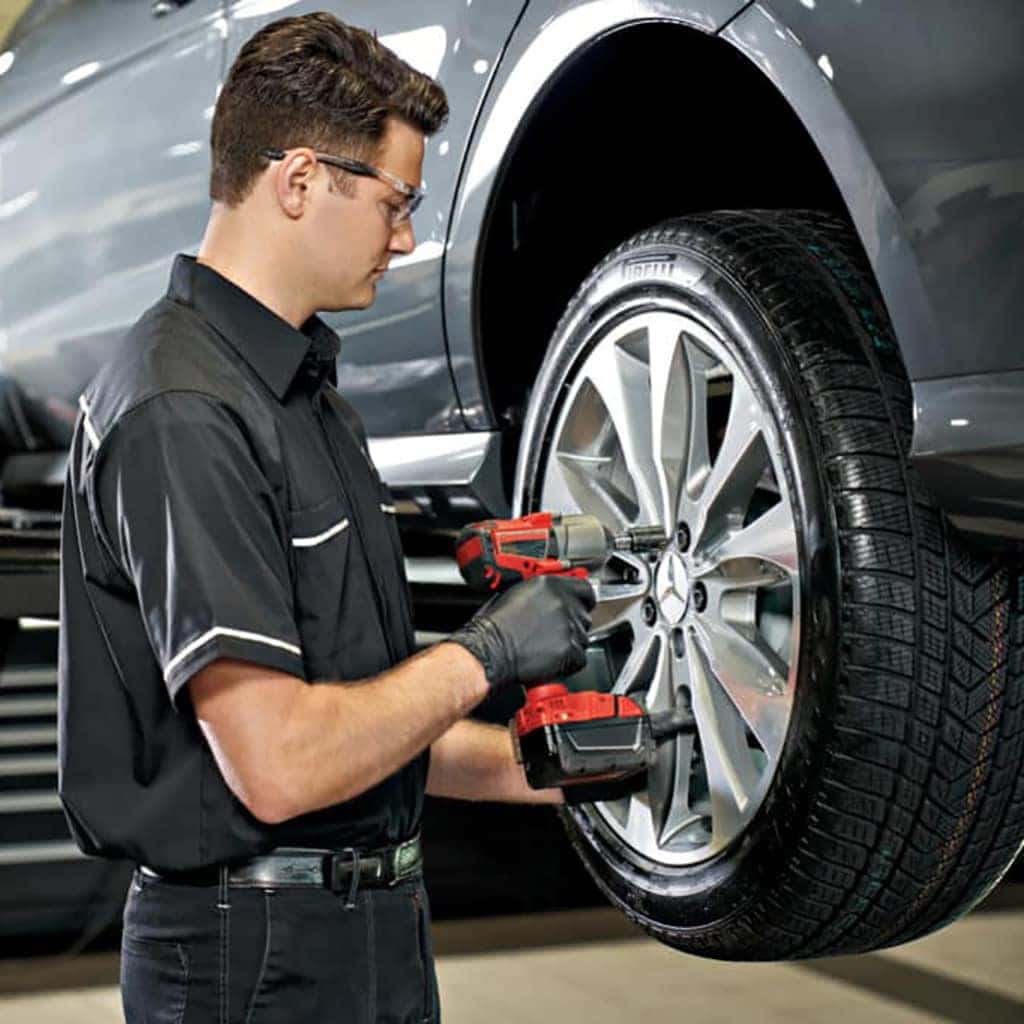Morris Tire Service: Reputable and Affordable Care
Morris Tire Service: Reputable and Affordable Care
Blog Article
The Link Between Tire Solution and Gas Effectiveness
Among the different factors that affect gas effectiveness, tire solution stands out as a critical aspect that frequently goes forgotten. The elaborate partnership in between tire upkeep and fuel economy is a testament to the intricate operations of a car.
Importance of Appropriate Tire Inflation
Correct tire rising cost of living is a vital consider making the most of gas effectiveness and making certain ideal vehicle efficiency. When tires are underinflated, it produces a lot more rolling resistance, causing the engine to function tougher and burn more fuel to preserve the same speed. On the various other hand, overinflated tires can lead to a harsher ride, irregular tire wear, and minimized grip. To locate the recommended tire stress for your vehicle, refer to the proprietor's manual or the sticker situated on the driver's side door jamb.
Preserving the proper tire stress not only improves gas effectiveness but additionally improves driving safety and security. Regularly inspecting and adjusting tire stress, especially in the past long trips, is a simple yet reliable way to maximize your vehicle's gas economy and make certain a smooth driving experience.
Effect of Tire Footstep Depth
Keeping the recommended tire stress is necessary for optimal automobile performance and fuel performance; similarly, the step depth of your tires plays a critical role in making certain security and grip when traveling. Tire walk deepness directly influences the capability of your tires to grip the roadway surface, specifically in wet or unsafe conditions. As tires use down, their step depth decreases, influencing their ability to network water away and maintain appropriate call with the roadway. The suggested minimum step depth is commonly 2/32 of an inch, but also for enhanced safety and security and performance, lots of professionals suggest changing tires before they reach this factor. Correct tread deepness not only ensures much better handling and stopping but additionally adds to fuel effectiveness by decreasing moving resistance. Routinely examining your tire step depth and replacing tires when required is a basic yet effective method to advertise both security and fuel effectiveness when traveling.
Role of Wheel Placement in Efficiency
Making sure accurate wheel placement is essential for maximizing car efficiency and making best use of fuel economic situation. Proper wheel placement entails adjusting the angles this article of the wheels to maker requirements, guaranteeing that they are alongside each other and vertical to the ground. When wheels are misaligned, it can lead to unequal tire wear, raised moving resistance, and reduced gas efficiency.

Additionally, accurate wheel positioning can likewise enhance managing and stability, decreasing the amount of power required to navigate the automobile (morris tire service). By reducing unnecessary friction and drag, correct wheel placement plays a crucial duty in boosting general car efficiency and fuel economic climate. Routine wheel alignment checks and changes are crucial for keeping ideal performance and taking full advantage of fuel financial savings
Connection Between Tire Upkeep and MPG
A crucial element of optimizing gas effectiveness in vehicles is the upkeep of tires and their direct influence on miles per gallon (MPG) Correct tire upkeep plays an important role in making the most of fuel economy. One key factor affecting get redirected here MPG is tire pressure. Underinflated tires boost rolling resistance, triggering the engine to work tougher and shed even more fuel. On the various other hand, overinflated tires reduce the call patch with the road, bring about unequal wear and lowered fuel efficiency. Frequently checking and preserving the proper tire pressure can dramatically improve MPG.
Furthermore, tire walk deepness additionally affects gas efficiency. By guaranteeing tires have appropriate step deepness, vehicle drivers can boost both safety and security and fuel economic climate.
Essentially, correct tire upkeep, consisting of monitoring tire stress and tread depth, is directly connected to attaining optimal MPG. By incorporating regular tire inspections and upkeep right into a lorry treatment regimen, motorists can not just expand tire life yet likewise boost fuel efficiency, ultimately conserving cash and reducing environmental effect.

Tips for Fuel-Efficient Tire Care
Offered the critical partnership in between tire maintenance and fuel performance, applying reliable methods for enhancing tire care is essential to enhancing total lorry efficiency. Rotating tires at recommended periods promotes even step wear, improving fuel effectiveness by guaranteeing all tires contribute equally to car efficiency. By integrating these fuel-efficient tire care suggestions into a routine upkeep timetable, vehicle drivers can make the most of fuel efficiency, reduce running expenses, and extend the life of their tires.
Final Thought
By consistently maintaining tires and complying with fuel-efficient tire treatment tips, chauffeurs can maximize their vehicle's performance and minimize gas consumption. It is vital to focus on tire maintenance to not only save cash on gas costs however additionally to promote general automobile performance.
Report this page